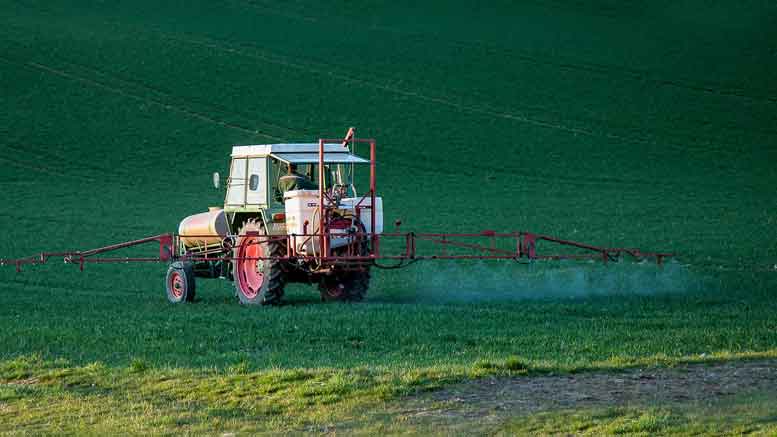|
Click to listen to this article
|
This week EPA released its final version of the Herbicide Strategy to Reduce Exposure of Federally Listed Endangered and Threatened Species and Designated Critical Habitats from the Use of Conventional Agricultural Herbicides (Herbicide Strategy), which will guide EPA’s process of coming into compliance with the Endangered Species Act through aspects of the registration and registration review processes for each active ingredients of herbicides. NPC anticipates that the Herbicide Strategy will be incorporated into Proposed Decision and Proposed Interim Decisions being released for public comment in early 2025 by the EPA.
The basis of the Strategy focuses on three key steps.
1. Establish the potential for population-level impacts to the listed species as not likely, low, medium, or high. The low, medium, and high categories indicate a potential concern for population-level impacts that may need mitigation.
2. Identify type and level of mitigation, if needed. There are two key types of mitigations that may be required and have different requirements for Erosion/Surface Water Runoff and Spray Drift.
a. A summary of the Erosion/Surface Water Runoff mitigations can be found in the Final Strategy in Table 13, pages 47-49. Depending on the product, application may need up to nine points. Some successes in improvements important to many potato producers to the mitigations include:
- Reservoir Tillage recognized as a highly effective mitigation (equal to no-till) – 3-points
- Slopes up to 3% recognized as a medium efficacy mitigation – 2-points
- Predominantly Sandy Soils recognized as a medium efficacy mitigation – 2-points
- General irrigation management recognized as a medium efficacy mitigation – 2-points
- Following the recommendations of a Runoff/Erosion Specialist (can include CCA) – 1-point
b. Summaries of Spray drift mitigations can be found in the Final Strategy. Arial mitigations are in Table 7, page 36; broadcast ground boom mitigations are in Table 8, page 37; and chemigation system mitigations are in Table 11, page 42.
3. Identify where mitigation applies. The mitigations would apply across the full spatial extent of a use pattern (e.g., specific crops) within the contiguous U.S. In other cases, EPA may require any necessary mitigations only in graphically specific areas (referred to as Pesticide Use Limitation Areas or PULAs).
The Draft Insecticide Strategy, currently open for comments, models the Final Herbicide Strategy as it relates to the key steps and mitigation measures.
“We are continuing to work with EPA and USDA’s Office of Pest Management Policy to expand the menu of mitigations and to make the future compliance with federal regulations on the use of pesticides as simplistic as possible at the farm level,” stated Ben Sklarczyk, NPC Vice President of Environmental Affairs. “The combined efforts of NPC’s Environmental Affairs Committee, our Pesticide Advisory Panels, and the state organizations to provide farm management input has allowed us to make some positive strides to guide EPA’s strategy around implementing the Endangered Species Act.”

